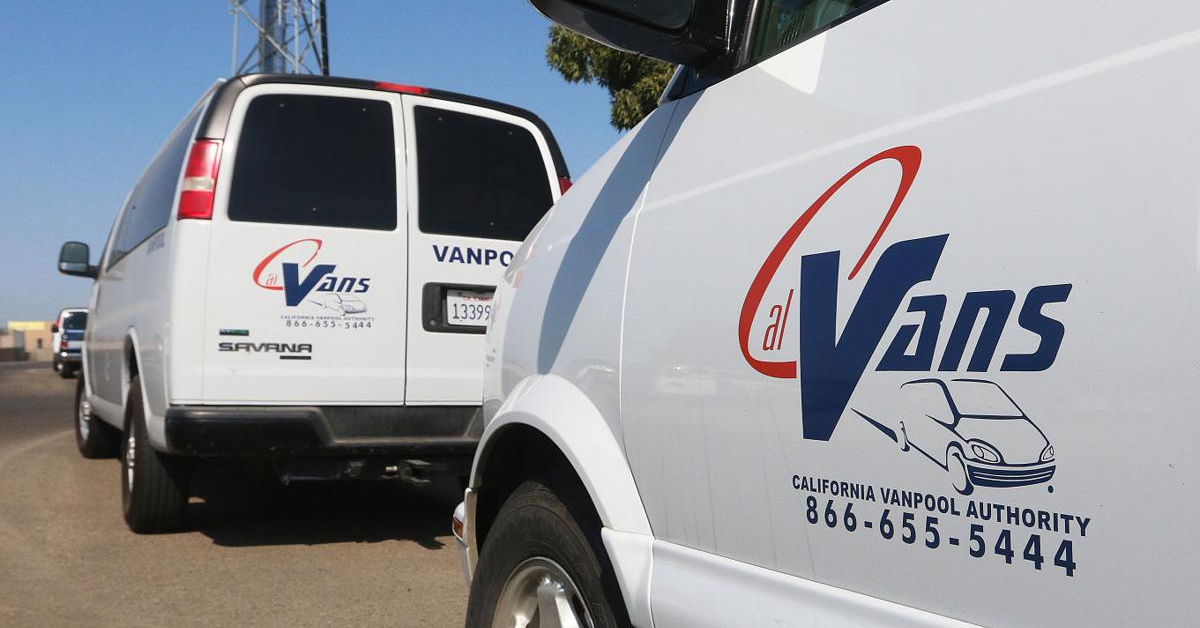THE CHIEF WON’T BEND
Chief Dyer said handcuffs in the hands of Fresno police officers are primarily a safety device.
“An officer has an ability to utilize restraints, whether it’s handcuffs or any other restraint, for the purpose of officer safety,” Dyer told me. “If a person is handcuffed pursuant to a detention or an arrest, then one of three things has to happen. They get transported to jail or they get issued a citation and released to appear in court later.
“Or they’re issued what’s called a 849B form, which is a release form which says, ‘You were detained, but you are being released and not charged.’ One of those three things has to happen.”
Dyer mentioned three handcuff cases that had made it to various appellate courts. Each dealt with citizen allegations that police use of handcuffs, because it had resulted in discomfort or slight marks to the skin, constituted excessive force. Each court rejected these allegations.
“I think we’re talking past each other, Chief,” I said.
I repeated my original points: What is Fresno’s policy for handcuffing? Does anyone track the use of handcuffs?
Dyer in our brief interview said the department does have a formal handcuffing policy. He didn’t show it to me.
Mike Rhodes, former editor of the Community Alliance newspaper, filed a state Public Records Act request several years ago asking for the Police Department’s policies and procedures. Months passed before the request was fulfilled, and even then the department omitted certain policies and procedures for security reasons.
Rhodes posted online what he received. It appears, based on statements in Policy/Procedure No. 901 (transportation of prisoners) that handcuffing is No. 354. The department didn’t hand over No. 354 to Rhodes.
Said Dyer: “There are certain things we don’t want the criminal element to know. There are trade secrets.”
Dyer’s staff every quarter prepares a “Reportable Response Resistance” report.
The report notes that “there are times when physical force is necessary to make an arrest, prevent an escape, overcome resistance, or defend against injury to officers or citizens. Officers use force as a last resort, with the vast majority of confrontations resolved with very little, if any, force applied.”
Dyer said handcuffing is, strictly speaking, a use of force. But, he said, it’s not a level of force that the department views as reportable. Reportable force occurs when 1.) a person is injured; 2.) a person is hit with a body part (such as fist or foot) or an object (such as a flashlight); 3.) an officer uses (not merely displays) a department issued weapon.
Dyer said a reportable use of force is when officers “used some form of force in order to gain compliance. Simply having an individual turn around, place their hands behind their back and handcuffing (them) isn’t constituted as a reportable force because that means every single arrest would be a use of force. And so there would be 18,000-20,000 of those per year.”
I made a quick mental note: Up to 20,000 arrests per year by Fresno police officers, each resulting in a handcuffing; no telling how many times people are handcuffed, then issued a citation to appear in court and released; no telling how many times people are handcuffed, then released with an 849B form in their hands;
Then, there’s the Fresno County Sheriff’s Department with lots of handcuffs that get used routinely. And the same can be said for all the small town police departments and a seemingly infinite number of other law enforcement agencies such as California Highway Patrol.
There are only about 515,000 people in Fresno and about 975,000 people in Fresno County. One year follows another.
Then I thought: Over the course of the past five years, what percentage of Fresno County families has had a close family member handcuffed by a law enforcement officer?
It’s got to be a big percentage. Either that, or a relatively small universe of Fresno County residents is getting handcuffed monthly, if not weekly.
Dyer said it’s OK for the public to have “legitimate concerns” about law enforcement’s use of handcuffs. He said the Police Department is constantly reviewing the many nuances of handcuffing procedure in the real world of Fresno’s streets.
“We are responsible for the safety of those individuals whom we detain, arrest and transport,” Dyer said. “They are legitimate concerns to be looked at. Whether or not our policies are in question – I think they’re very consistent with everyone in the state.”
Dyer said the department has no record of a woman named anything close to Maria Venegas Williams coming into contact with officers at Tuolumne/M streets on the day in question. He added that both citizen complaints and use of force incidents are down about 20% this year.
I asked the Chief: Should the Office of Independent Review look into department handcuffing policy?
Dyer said that’s the business of Rick Rasmussen.
Then Dyer added this.
“An OIR will not determine my responsibility as police chief. (Handcuffing) is an officer safety issue.”












